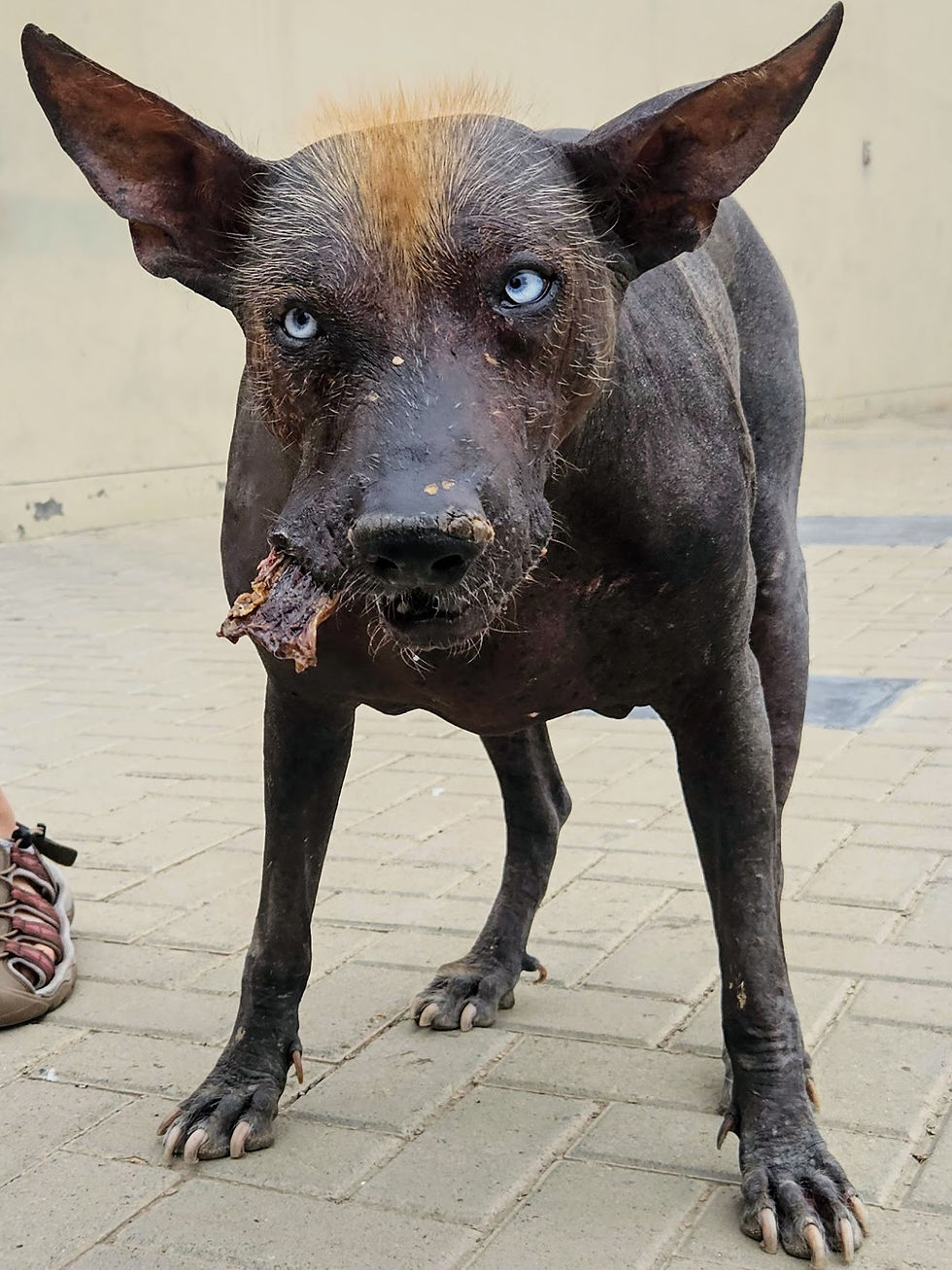Teaching Children Manners Around Dogs
- linda58968
- Apr 7, 2024
- 3 min read
I love watching kids and dogs together! Even children that are too young to talk seem to find joy in a goofy happy dog rolling on his back or licking the child's face. Kids laugh and giggle and look so happy when they are watching and playing with these furry creatures. It's sweet and uplifting to observe.

And yet, children and dogs can also be a problem together. Leaving young children unattended with a dog is never a smart idea, even if it is the sweet family dog that has grown up with kids. After all, dogs and children are different species that don't really understand each other. What can be fun and playful to a child can become obnoxious and irritating to a dog after a while, and at some point that dog may try to establish boundaries that can lead to a child getting hurt!
Whether you're a seasoned dog owner or introducing your child to dogs for the first time, here are some important tips for teaching children manners around dogs.
Respect the Dog's Space: The first lesson in teaching children manners around dogs is to respect the dog's space. Just like humans, dogs need their personal space and can become uncomfortable if they feel crowded or threatened. Teach your child to approach dogs calmly and to ask permission before petting them. Encourage them to observe the dog's body language for signs of fear or aggression, such as growling, baring teeth, or backing away.
Gentle Touch: Emphasize the importance of gentle touch when interacting with dogs. Teach your child to pet the dog gently, avoiding any rough or aggressive behavior. Encourage them to use slow, smooth motions and to avoid pulling on the dog's fur or ears. Remind them that dogs have sensitive skin and can feel pain just like humans.
Avoid Disturbing Dogs While Eating or Sleeping: Children should understand that dogs need their space, especially when eating or sleeping. Teach your child not to disturb a dog while it's eating or sleeping, as this can lead to defensive behavior. Encourage them to give the dog space and to wait until it's finished eating or awake before approaching.
No Rough Play: Rough play can lead to accidents and injuries for both children and dogs. Teach your child to avoid rough play with dogs, such as chasing, wrestling, or pulling on their tails. Emphasize the importance of treating dogs with kindness and respect, just like they would with their human friends.
Supervision is Key: Always supervise interactions between children and dogs, especially with younger children who may not fully understand how to behave around dogs. Keep a close eye on both the child and the dog's body language, and intervene if necessary to prevent any potential conflicts or accidents.
Teach Responsibility: Teaching children manners around dogs also involves teaching them responsibility for the care and well-being of their furry friends. Encourage your child to participate in activities such as feeding, grooming, and walking the dog under your supervision. This not only helps to strengthen the bond between the child and the dog but also instills a sense of responsibility and empathy.
Lead by Example: As a parent or caregiver, it's essential to lead by example when it comes to interacting with dogs. Demonstrate proper manners and respect for dogs in your own behavior, and reinforce these lessons through positive reinforcement and gentle correction when necessary.
Teaching children manners around dogs is essential for fostering positive relationships and ensuring the safety and well-being of both children and dogs. By instilling respect, empathy, and responsibility in our children from an early age, we can help create a world where dogs and humans can coexist harmoniously and enjoy the many benefits of each other's companionship. With patience, consistency, and love, we can raise children who understand and appreciate the joy of sharing their lives with dogs.






Comments